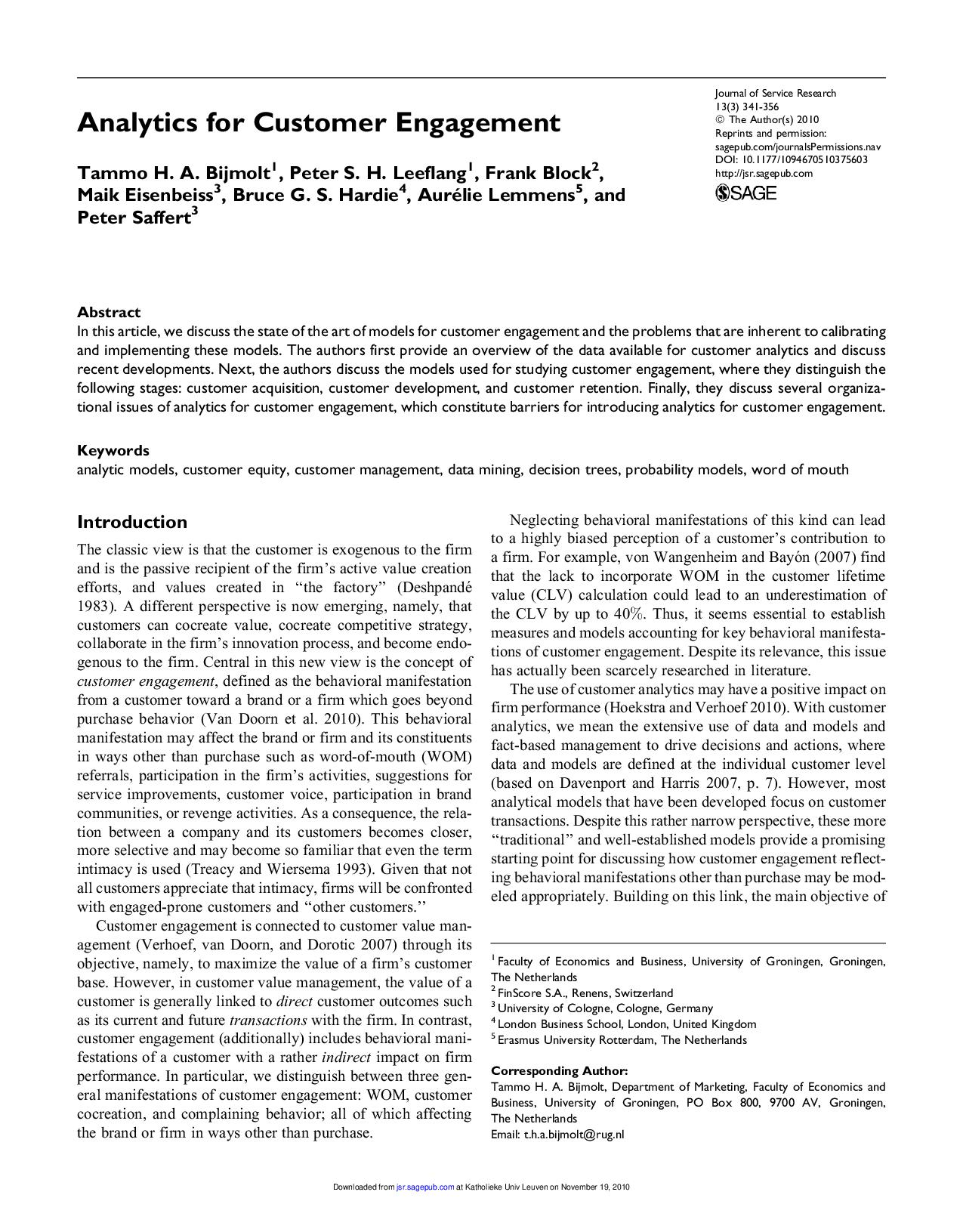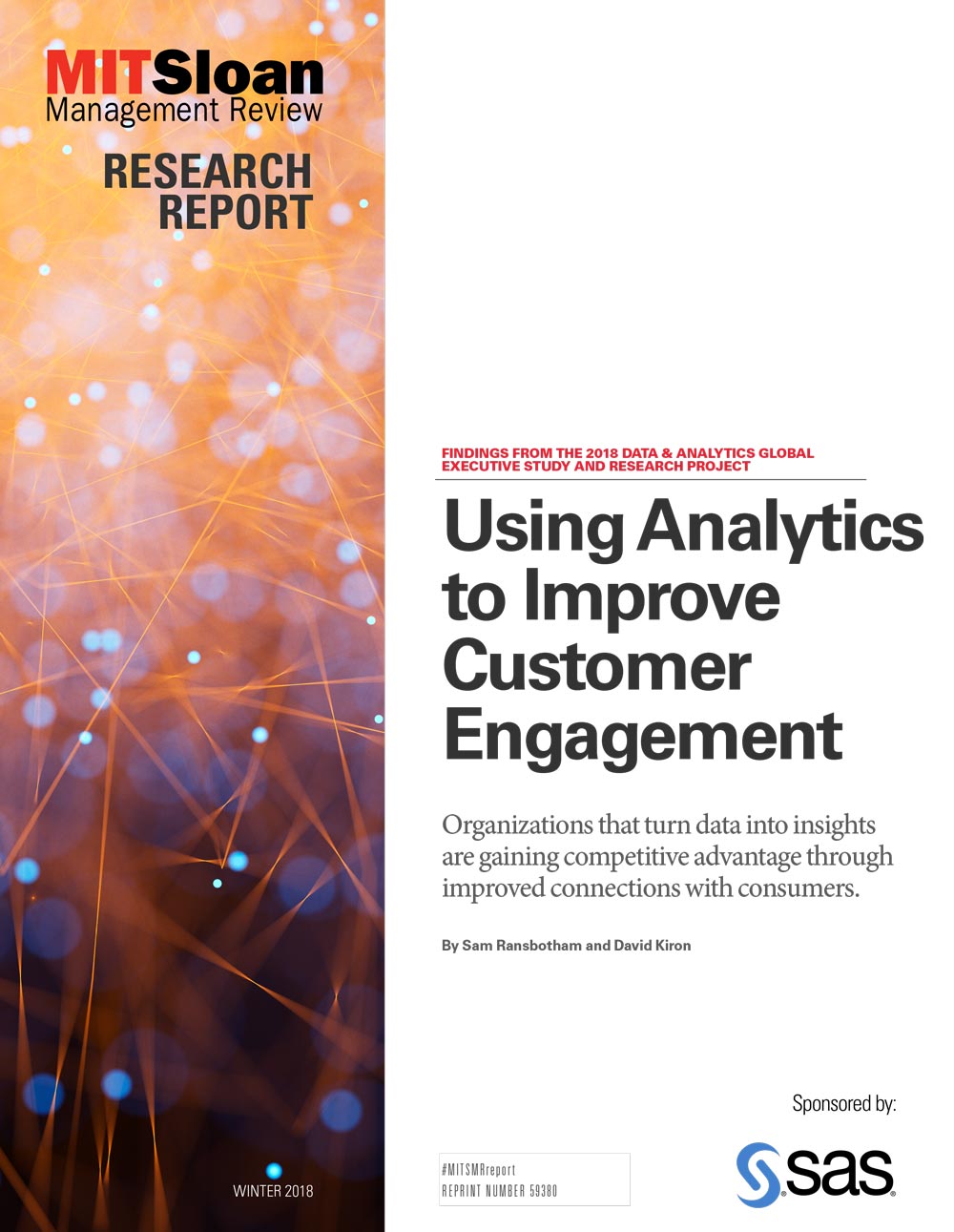Enhancing Customer Engagement Through Analytics: A Comprehensive Guide

In today's data-driven world, understanding your customers is vital for business success. Customer engagement analytics provides businesses with the insights they need to connect with their audiences effectively. By leveraging analytics, companies can create tailored strategies that not only improve customer satisfaction but also drive loyalty. This guide explores how customer engagement analytics can transform your business, offering practical tools and strategies to boost your engagement efforts.

Understanding Customer Engagement
Customer engagement refers to the interaction between a business and its customers throughout their journey. This engagement can occur through various channels, including social media, email, and in-person interactions.
The significance of customer engagement lies in its ability to foster loyalty and increase retention. According to a study by the Harvard Business Review, companies with high customer engagement levels see 23% higher revenue than those with lower engagement. Therefore, it’s essential for businesses to understand and improve these interactions, making customer engagement analytics a critical component of any effective strategy.

The Role of Analytics in Customer Engagement
Analytics plays a pivotal role in enhancing customer engagement strategies. By collecting and analyzing data, businesses can gain valuable insights into customer behaviors, preferences, and needs. This data-driven approach enables organizations to:
- Identify trends and patterns in customer behavior
- Segment audiences for targeted marketing campaigns
- Personalize customer interactions
For instance, McKinsey & Company emphasizes that businesses utilizing customer experience analytics can increase their customer satisfaction scores significantly. This transformation is not just about collecting data; it’s about turning that data into actionable insights that drive engagement.

Key Metrics for Measuring Customer Engagement
To effectively implement customer engagement analytics, businesses must track essential metrics. Here are some key metrics to monitor:
- Customer Satisfaction Score (CSAT): Measures customer satisfaction with a specific interaction.
- Net Promoter Score (NPS): Assesses customer loyalty by asking how likely customers are to recommend your business.
- Customer Retention Rate: Indicates the percentage of customers that continue to do business with you over a specific period.
- Engagement Rate: Tracks interactions across various channels, showing how actively customers engage with your brand.
By consistently monitoring these metrics, businesses can refine their strategies and improve customer engagement.
Tools and Technologies for Customer Analytics
Several analytics tools can help businesses gather and analyze customer engagement data. Here are three popular options:
-
Google Analytics: This powerful tool tracks website traffic and user behavior, offering insights into how customers interact with your site. Its features include real-time data tracking, audience segmentation, and conversion tracking.
-
HubSpot: HubSpot provides a range of marketing tools, including customer engagement analytics. It allows businesses to track customer interactions across multiple channels, providing a holistic view of the customer journey.
-
Tableau: Known for its data visualization capabilities, Tableau helps businesses interpret complex data sets. It allows for interactive dashboards that can display customer engagement metrics in an easily digestible format.
Utilizing these analytics tools can significantly enhance your customer engagement strategies, providing the data needed to make informed decisions.

Best Practices for Improving Customer Engagement
Improving customer engagement requires a strategic approach. Here are some best practices:
-
Personalize Communications: Use data to tailor messages and offers to individual preferences. Personalized emails, for instance, can increase open rates by 26%.
-
Leverage Feedback: Actively seek customer feedback and use it to improve products and services. This not only shows customers you value their input but also helps you make data-driven improvements.
-
Engage Across Channels: Ensure a consistent experience across all touchpoints. Customers should feel connected whether they interact with your brand online or offline.
-
Monitor Engagement Metrics Regularly: Regularly review engagement metrics to identify trends. This helps you adapt quickly to changing customer preferences.
By implementing these strategies, businesses can create a more engaging customer experience, ultimately driving loyalty and sales.

Case Studies: Successful Customer Engagement Through Analytics
To illustrate the power of customer engagement analytics, here are four real-world examples of businesses that have transformed their engagement strategies:
-
Starbucks: By utilizing customer experience analytics, Starbucks has enhanced its loyalty program. They track customer preferences and purchase history, allowing them to send personalized offers that increase engagement. As a result, customer retention rates improved by 20%.
-
Amazon: Amazon uses extensive behavioral analytics to recommend products to customers. By analyzing browsing and purchase history, they personalize the shopping experience, which has led to a significant increase in sales and customer satisfaction.
-
Sephora: Sephora implemented a robust analytics strategy to understand customer preferences. They use engagement metrics to tailor marketing campaigns, leading to a 15% increase in customer interactions through personalized emails.
-
Nike: Nike uses data-driven customer engagement strategies through its mobile app. By analyzing user behavior, they provide personalized workouts and recommendations, increasing app engagement by 30%.
These case studies demonstrate that by leveraging customer engagement analytics, companies can significantly enhance their strategies and foster deeper connections with their customers.
Conclusion
In summary, customer engagement analytics is essential for businesses seeking to improve their customer interactions. By understanding customer behaviors and preferences through data, companies can create tailored strategies that enhance experiences and drive loyalty. The right tools and metrics can transform your engagement efforts, making your brand more appealing and relevant to customers.
Ready to elevate your customer engagement strategy? Start exploring customer engagement analytics today and unlock the potential to connect with your audience like never before. For further insights, check out our related content on customer analytics tools, importance of customer feedback, and best practices in data-driven marketing.